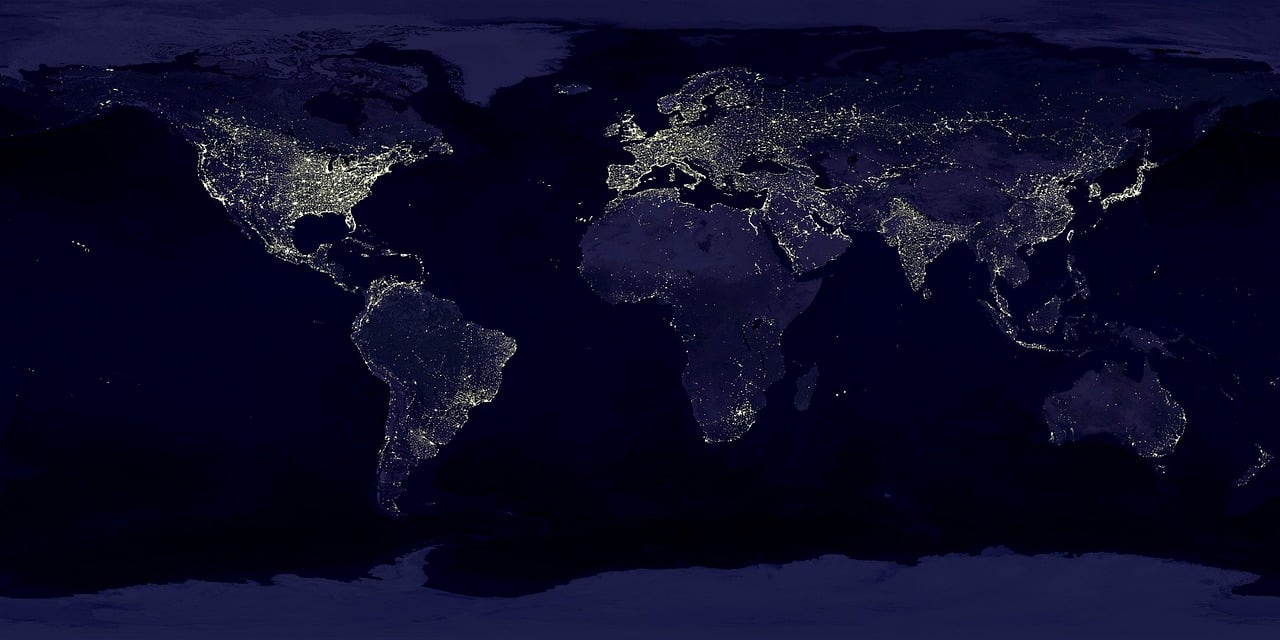The Breach Occurs
When hackers stole millions of precise smartphone pings from US data broker Gravy Analytics in January 2025 they uncovered more than a trove of numbers. One of the biggest location data breaches exposed the daily movements of heads of state, venture capital titans, pop stars and family‐office principals from Mumbai to Milan. Routes to schools, private clinics, board meetings and holiday villas are now circulating on dark-web forums, ready for criminals to weaponise.
For clients who rely on both discretion and mobility this location data breach is a critical eye-opener. It shows how a single compromise at a third-party data broker can merge physical risk, cyber threat and reputational fallout in one blow. The incident also coincides with tougher privacy laws on every continent, driving individuals, executives and family offices to seek integrated protection.

How Location Data Travels from App to Ad Exchange to Attacker
Modern smartphones send latitude and longitude to hundreds of Software Development Kits (SDKs) hidden in dating apps, fitness trackers and mobile games. Brokers buy those co-ordinates, cluster them into “anonymous” audiences, then resell to advertisers, hedge funds and, in some cases, government contractors. A breach anywhere along this chain can reveal where an influencer sleeps, where a politician worships or which airport lounge a CEO prefers.
Inside the Gravy Analytics breach
On the 4th of January 2025, Gravy Analytics’ parent company, Unacast detected unusual traffic to an internal web server. Investigators later discovered the attackers had already secured root-level credentials and were siphoning data from the company’s Amazon S3 buckets. By the 7th of January the intruders posted screenshots on a Russian-language forum showing full command-line access to Gravy’s production environment and threatened to release everything unless the firm opened negotiations. The screenshots and subsequent forum dumps included:
- credentials for Gravy’s location-intelligence dashboard
- a sample file of thirty million GPS pings drawn from popular apps such as Candy Crush and Tinder and MyFitnessPal.
- JSON schemas revealing each record contained device ID, latitude, longitude, altitude, timestamp, app bundle name and hashed IP address.
The threat actors claims to have exfiltrated seventeen terabytes of raw and processed data, a figure security researchers find plausible given the scale of Gravy’s ingest pipeline. This represents one of the largest location data breaches every reported. The leaked sample already plots movements around sensitive sites including the White House, the Vatican and several Defence facilities.
Because Gravy obtains data via advertising partners, the stolen records also reveal the app bundle name and hashed IP address of each device, letting analysts build pattern-of-life maps that quickly unmask an “anonymous” user.
Forensics suggest the location data breach began with a stolen or poorly-secured cloud key that granted unrestricted access to multiple S3 buckets. Once inside, the attackers pivoted to the Grafana-based analytics dashboard and disabled several logging agents, masking the full dwell time. Unacast told Norway’s data-protection authority that it was still determining how long the attackers maintained access and whether any personal data must be reported under European rules relating to location data breaches.
This location data breach landed just weeks after a December 2024 US Federal Trade Commission settlement barring Gravy from selling sensitive location data gathered without consent. Regulators now face the prospect that the very data they restricted is circulating on dark-web markets.
Implications for VIPs and High Profile Individuals
Influencers: Kim Kardashian’s Paris robbery
During Paris Fashion Week in 2016 armed thieves robbed Kim Kardashian of jewellery worth about US $10 million. The ringleader later told French police that the gang used her public social-media posts to confirm her location and valuables before striking. An academic survey published in the Journal of Threat Assessment and Management found that 95 percent of Instagram influencers report experiencing some form of stalking during their careers. These cases show how open-source location clues can translate into real-world attacks on high-profile personalities.
Executives and senior officials: dataset uncovers daily routines
In 2019 The New York Times obtained a commercial dataset containing 50 billion location pings. Reporters were able to follow a US Defence official and his spouse from a suburban home to secure facilities and even a protest march, proving how board-level movements can be reconstructed from “anonymous” data. The same technique could expose merger talks, site visits or other market-moving secrets for corporate leaders when location data breaches occur.
Politicians and their protection teams: fitness apps reveal secure sites
A 2024 investigation by Le Monde found that the fitness app Strava still exposes routes run by protection officers for world leaders including Emmanuel Macron and Vladimir Putin, despite earlier warnings after the 2018 military-base location data breach scandal. Persistent tracking of protective-detail routines gives adversaries blueprints for protests or drone attacks.
Everyday travellers and private individuals: AirTag-enabled homicide
In June 2022 an Indianapolis man was killed after an ex-girlfriend hid an Apple AirTag in his car and followed the tracker to confront him. Prosecutors have cited the device in a murder case and several US states are introducing felony penalties for covert electronic tracking. The incident illustrates how inexpensive consumer technology can convert digital location data into lethal intent.
A real-world parallel: the Brian Thompson assassination
UnitedHealth Group CEO Brian Thompson was shot in Manhattan on 4 December 2024. Public court filings do not reveal how the suspect located him, but the Gravy Analytics leak shows that a single dataset could supply a would-be assassin with jogging paths, hotel entrances and meeting schedules without any risky in-person surveillance.
Five protective actions for high-profile clients
- Conduct app-permission audits on all executive and household devices, deleting or sandboxing any application that bundles advertising SDKs requesting continuous location.
- Issue travel phones with GPS disabled, a minimal app set and an automatic wipe upon border crossings.
- Submit regular opt-out requests to major data brokers and rotate device identifiers every quarter.
- Monitor breach and darknet forums for fresh dumps of GPS, Wi-Fi or Bluetooth data linked to your domains or device IDs.
- Link physical and cyber response plans so a spike in tracking chatter automatically triggers route changes, secure communications and forensic log reviews.

How NoxNoir keeps movements private
NoxNoir provides a range of services to help counter this cyber threat. We watch illicit broker forums in real time and launch counter-measures the moment client co-ordinates surface, procure privacy technology such as Faraday luggage and vehicle telematics blockers through our third-party acquisition, brief public-facing clients on mobile-data hygiene, and integrate journey-management software so that a suspicious ping can divert a convoy and trigger a digital investigation simultaneously.
Conclusion
The Gravy Analytics breach confirms that precise location data is a ready-made road map for criminals. As regulators tighten the rules and threat actors blend online reconnaissance with offline violence, organisations and individuals need protection that follows them from airports to their home.


